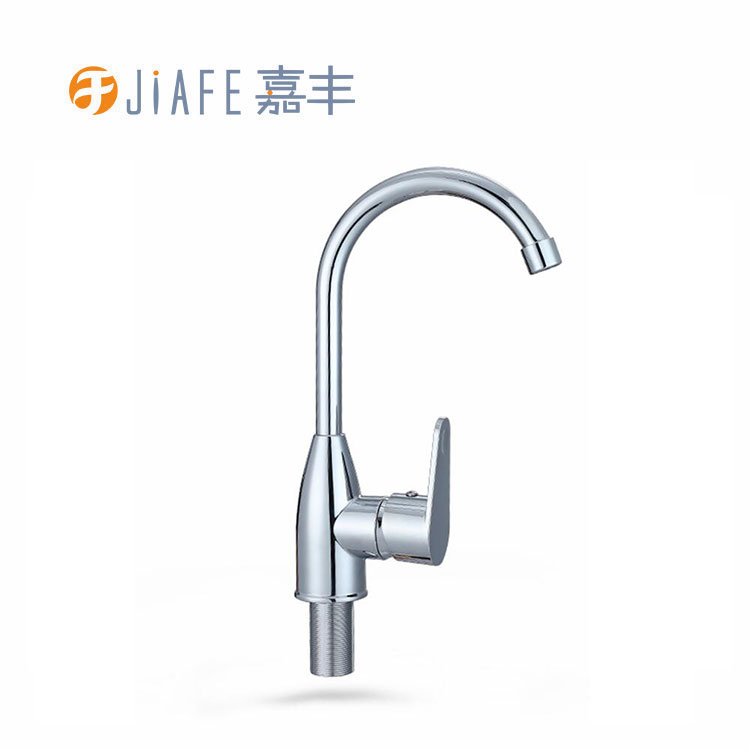Perfect Harmony: Ensuring Faucet Compatibility with Different Sink Configurations and Sizes
2023-11-14
Introduction:
Selecting the right kitchen faucet involves more than just choosing a design that complements your aesthetic preferences. Ensuring compatibility with your sink configuration and size is essential for a seamless and functional kitchen setup. In this blog post, we'll explore the factors that determine whether a faucet is suitable for various sink configurations and sizes.
Understanding Sink Configurations:
Before delving into faucet compatibility, it's crucial to understand the different sink configurations available. Common sink types include:
1. Single-Bowl Sinks: Featuring a single basin, these sinks are suitable for compact kitchens or areas with limited counter space.
2. Double-Bowl Sinks: Divided into two sections, these sinks provide versatility, allowing users to multitask by washing dishes in one basin while prepping in the other.
3. Triple-Bowl Sinks: Ideal for those who need even more versatility, triple-bowl sinks come with three compartments, allowing for efficient task management.
Faucet-Sink Compatibility:
1. Spout Reach:
- The spout reach, or how far the faucet extends into the sink, is a critical factor. For larger sinks, a faucet with a longer spout reach is often preferable to ensure water reaches all areas.
2. Faucet Height:
- The height of the faucet should complement the depth of the sink. Taller faucets are suitable for deeper sinks, while lower-profile faucets are ideal for shallower ones.
3. Number of Handles:
- Consider the number of handles on the faucet. While single-handle faucets are popular for their convenience, some users prefer the precision control offered by double-handle faucets, especially in larger sinks.
4. Installation Type:
- Faucets come in various installation types, including deck-mounted, wall-mounted, and single-hole. Ensure the chosen faucet aligns with the pre-drilled holes or the mounting style of your sink.
5. Sprayer Functionality:
- If your sink is equipped with multiple bowls, a pull-down or pull-out sprayer becomes especially valuable for reaching all corners of the sink effectively.
6. Swivel Capability:
- A faucet with a swiveling spout can enhance usability by allowing for greater reach and flexibility in directing water flow across different sink compartments.
Considerations for Different Sink Sizes:
1. Compact Sinks:
- Opt for a single-handle or compact double-handle faucet with a shorter spout reach to match the limited space.
2. Standard Sinks:
- Standard sinks offer more flexibility. Consider faucets with a moderate spout reach and height, depending on your preferences and usage.
3. Large Sinks:
- Choose a faucet with an extended spout reach and height to accommodate the larger surface area of the sink.
Conclusion:
Ensuring your kitchen faucet is compatible with your sink configuration and size is crucial for achieving a harmonious and functional workspace. By understanding the unique requirements of your kitchen setup, you can confidently select a faucet that not only complements your design vision but also meets the practical needs of your culinary activities.



